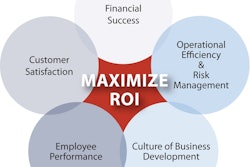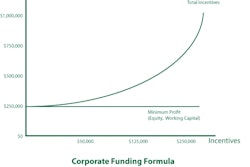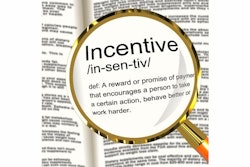FMI, a leading provider of management consulting and investment banking to the engineering and construction industry, announces the release of its 2013 study on the effectiveness of incentive compensation in the U.S. construction industry. The report is based on the survey results from 224 top executives.
Document: FMI Corp. 2013 Incentive Compensation Effectiveness Study
Of those studied, 88 percent of the companies are offering incentive plans. However, only 21 percent of those offering the plans consider them to be working “very effectively.” To help answer why, the study looked at the seven critical issues providing best practices for each.
Discretionary vs. Structured
The executives of companies offering structured plans state that having a structured incentive plan is not only more fair to their participants but also easier to administer if the incentives are awarded on results of data the company readily tracks and makes available for their employees.
Arbitrary Pay vs. Market Value
The compelling reason to use market data is to ensure that the incentives are competitive and meaningful for the participants, while the company can budget for the potential incentive payout, given certain levels of performance above and below target goals.
Balanced design based on what is strategically important
Allocate a portion of the incentive to the overall success of the company while another portion of an employee’s incentive depends on the individual’s achievement of predetermined goals.
Top-down versus Bottom-up funding mechanism
Companies using a bottom-up approach establish a fail-safe mechanism to ensure that the owners receive a certain return on their equity before incentives begin to pay out.
Employee empowerment
Involvement begets commitment. Providing an incentive opportunity to your employees will help them focus on what is important and support their commitment to company success that the vast majority of respondents desire.
Communication and transparency
If a company does not provide consistent updates, participants will have pre-determined conclusions. A quarterly progress update, along with informal individual performance feedback, not only minimizes potential surprises but also helps management develop and grow its direct reports.
Clear and measurable stretch goals/objectives
Establish stretch goals. By stretch goals we mean goals that are more than our best past performance but not unattainable. Achievement of the target goals (stretch goals) denotes 100 percent payout of the target incentive opportunity.



















